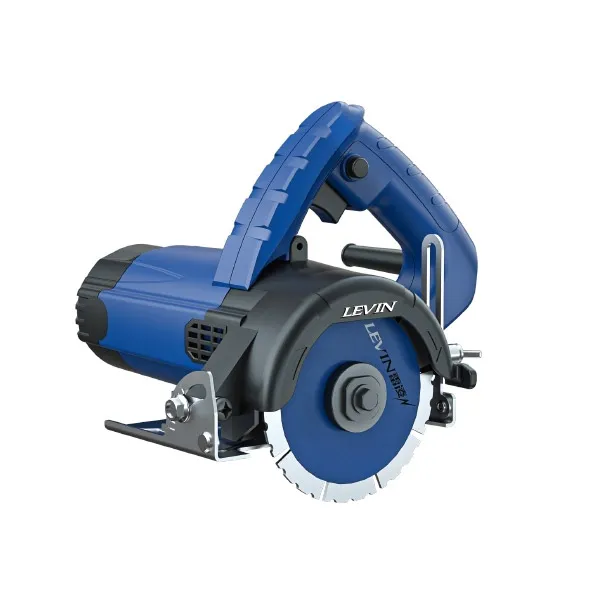
Custom metal fabricators utilize a variety of tools to achieve precision in their work. Two commonly used machines are CNC laser cutters and waterjet cutters. While both are effective for producing high-quality metal products, they operate in fundamentally different ways. Here's an overview of these two metal cutting methods and their respective advantages.
Laser Cutting Machines
When precision is paramount, fabricators often turn to CNC laser cutting machines. These devices use a concentrated laser beam to cut through metals like aluminum, stainless steel, mild steel, and titanium. The laser's fine beam, capable of cutting materials as thin as 0.12 inch to 0.4 inch, makes it ideal for intricate designs and engravings.
The laser beam generates intense heat, which can rapidly melt, vaporize, and slice through the metal. However, this high temperature can also potentially damage the material being cut. To mitigate risks such as warping, discoloration, or corrosion, fabricators often use coolants during the laser cutting process.
Waterjet Cutting Machines
When heat poses a risk to the material, CNC waterjet cutting systems offer an excellent alternative. Instead of using heat, waterjet cutters employ high-pressure water, sometimes enhanced with abrasive materials like garnet, to cut through metal. The water pressure, ranging from 50,000 to 60,000 psi, is powerful enough to slice through metals.
Waterjet cutters can handle a variety of metals, including aluminum, brass, copper, steel, and titanium. They are also versatile in processing different material thicknesses, from thin sheets to plates up to 15 inches thick. Additionally, the ability to stack and cut multiple thin sheets simultaneously increases efficiency.
This comparison highlights the distinct capabilities of laser and waterjet cutting machines, enabling fabricators to choose the appropriate method based on the material and the precision required.
